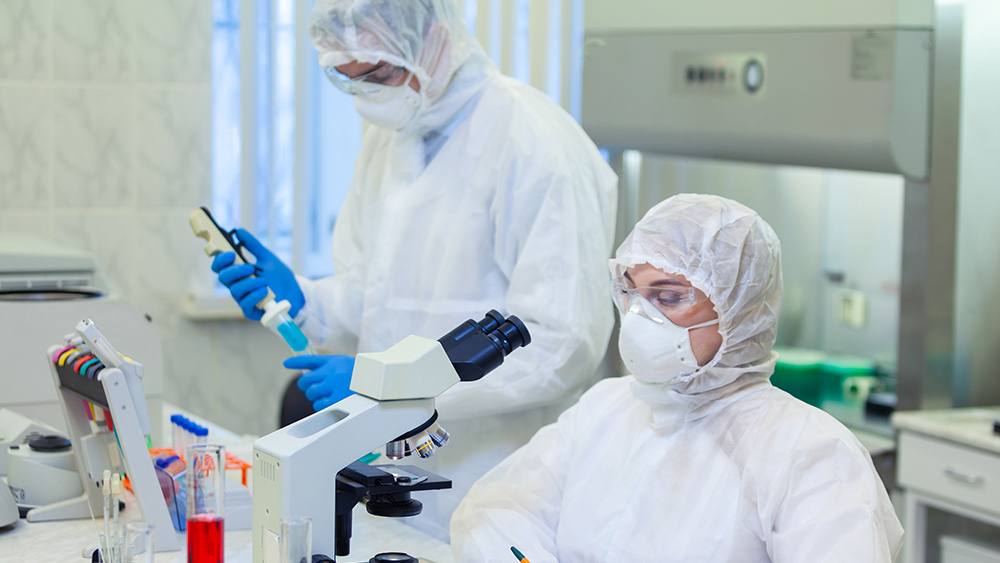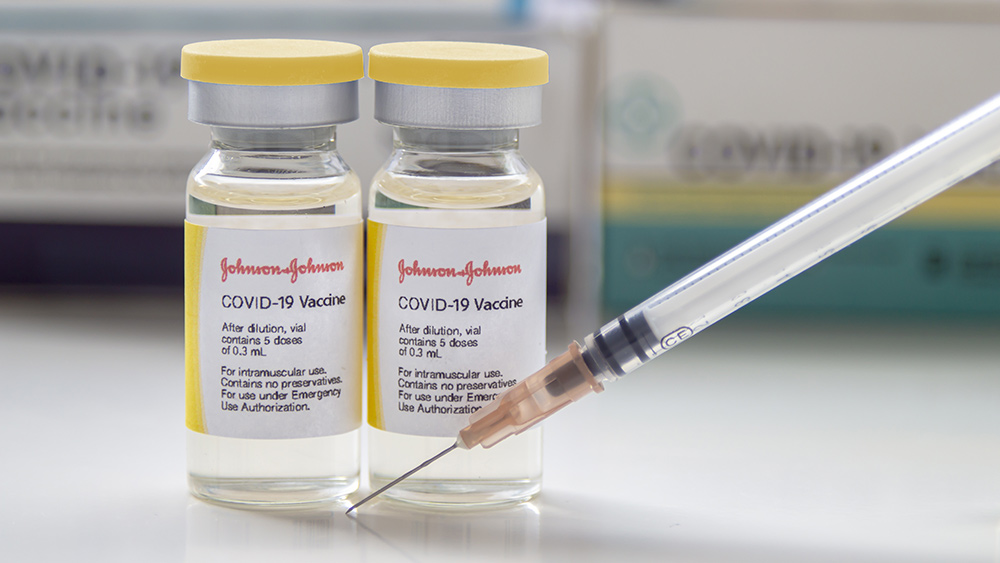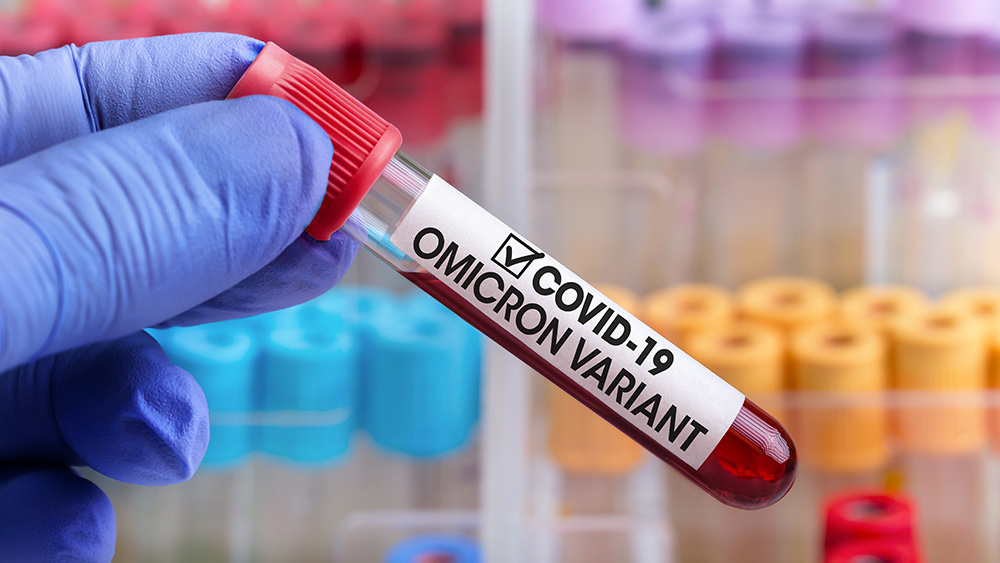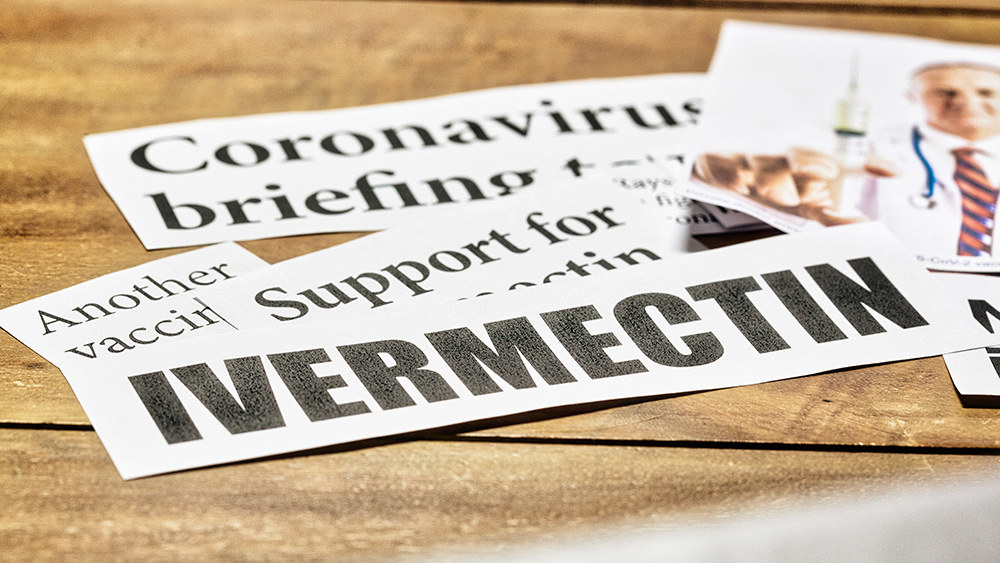Wuhan lab leak raises safety and security concerns in similar facilities around the world
08/30/2021 / By Arsenio Toledo

The ongoing debate over the Wuhan coronavirus’s (COVID-19) origin is highlighting the systemic problem with many biolabs around the world, specifically, that researchers working with some of the most dangerous bacteria and viruses could “accidentally set them loose.”
The controversy stems from the reported ‘lab leak’ that occurred in the Wuhan Institute of Virology (WIV) in China, where many believe the COVID-19 virus was engineered. Evidence points to the virus being released outside by accident after it infected at least one scientist involved with the research.
In light of this, many experts now want tougher controls to be placed on facilities similar to WIV. They fear that if the security in these biolabs isn’t strengthened, another accidental leak could cause the next deadly pandemic.
The WIV belongs to one of the most secure classes of biolabs in the world commonly referred to as biosafety level four (BSL 4). BSL4 laboratories are designed to accommodate research on the most dangerous pathogens known to man, some of which don’t even have any known cures.
“There are [heating, ventilation and air conditioning] filtration systems, so that the virus can’t escape through exhaust; any wastewater that leaves the facility is treated with either chemicals or high temperatures to make sure that there’s nothing left alive,” explained Gregory Koblentz, deputy director of the Biodefense Graduate Program at George Mason University, in an interview with AFP.
Researchers who work in these BSL4 labs are highly trained individuals and are required to wear hazmat suits at all times while inside the facility.
Dozens of biolabs like the one in Wuhan exist around the world
According to a report from King’s College London (KCL), there are 59 BSL 4 facilities like the WIV around the world, many of which were only established during the last decade. Twenty-five of these facilities are located in Europe, while 14 can be found in North America, 13 are in Asia and three are in Africa. (Related: Communist China building nearly 100 more biolabs similar to the Wuhan Institute of Virology.)
All of these facilities are expected to have the highest standards when it comes to safety and security. But if the coronavirus did leak from one of the most secure biolabs in the world, then that means all the other facilities like it could also spread similarly dangerous pathogens.
This situation is made even more terrifying by the fact that 46 of the 59 known BSL 4 labs are located in major urban centers. Their proximity to civilians would exacerbate the impact of any accidental pathogen leaks.
“Only one lab needs to make one mistake with a serious and easily communicable disease for which there is no treatment to inflict a catastrophe on the world population,” wrote journalist Kurt Cobb in his article for Resilience. “Biosafety labs … create the possibility of catastrophic systemic ruin for human societies.”
But even more alarming is that, according the KCL report, no international entity is mandated to monitor the safety and security levels of these facilities. In fact, there are “no binding international standards for safe, secure and responsible work on pathogens in BSL 4 labs.” This means the WIV and other labs like it set their own standards for safety and security.
Accidents occur in dangerous biolabs all the time
If the coronavirus did originate from one of the labs at WIV and if it spread outside through infected personnel, then it would not be the first time such an incident has occurred. Accidents like this happen even in supposedly top-tier facilities like the WIV. Less serious accidents occur at a much more frequent rate in many other labs with fewer safety and security measures.
In 1977, the H1N1 virus – the same strain that caused the 1918 Spanish flu pandemic – leaked from biolabs in China and the Soviet Union. Like the COVID-19 virus, it spread worldwide but affected mostly younger adults. The virus killed approximately 700,000 people.
In 2001, dozens of individuals in the United States were infected with anthrax after receiving letters that contained anthrax spores. Some of the high-profile individuals that were targeted included prominent journalists and two Democratic senators. The main suspect was a mentally disturbed employee at a biolab in Fort Detrick, an army installation in Maryland that now hosts elements of the U.S. biological defense program. The anthrax attacks killed a total of five and injured 17.
In 2004, two Chinese researchers working with SARS in a lab were accidentally exposed to it and became instrumental to its spread. The virus infected hundreds and killed at least one individual.
In 2014, during a clean-up and inventory of the Food and Drug Administration’s offices and laboratories in Maryland, federal scientists discovered six forgotten vials in a storage area. These vials were labeled variola, the virus that causes smallpox.
“Human errors constitute over 70 percent of the errors in laboratories,” said Lynn Klotz, who has been sounding the alarm for years about the threat posed by biolabs like the WIV. Klotz is a senior science fellow at the Center for Arms Control and Non-Proliferation.
According to Klotz, many of the accidents that occur in the U.S. are only uncovered after researchers like himself petition the government through Freedom of Information Act requests.
Learn more about the dangers posed by biolabs in China and other parts of the world at NationalSecurity.news.
Sources include:
Tagged Under: biolabs, biological weapons, biowar, bioweapons, China, conspiracy, coronavirus, coronavirus lab leak, coronavirus origins, covid-19, infections, lab safety, laboratories, outbreak, pandemic, research, spike protein, superbugs, Wuhan
RECENT NEWS & ARTICLES
COPYRIGHT © 2017 RESEARCH NEWS





















